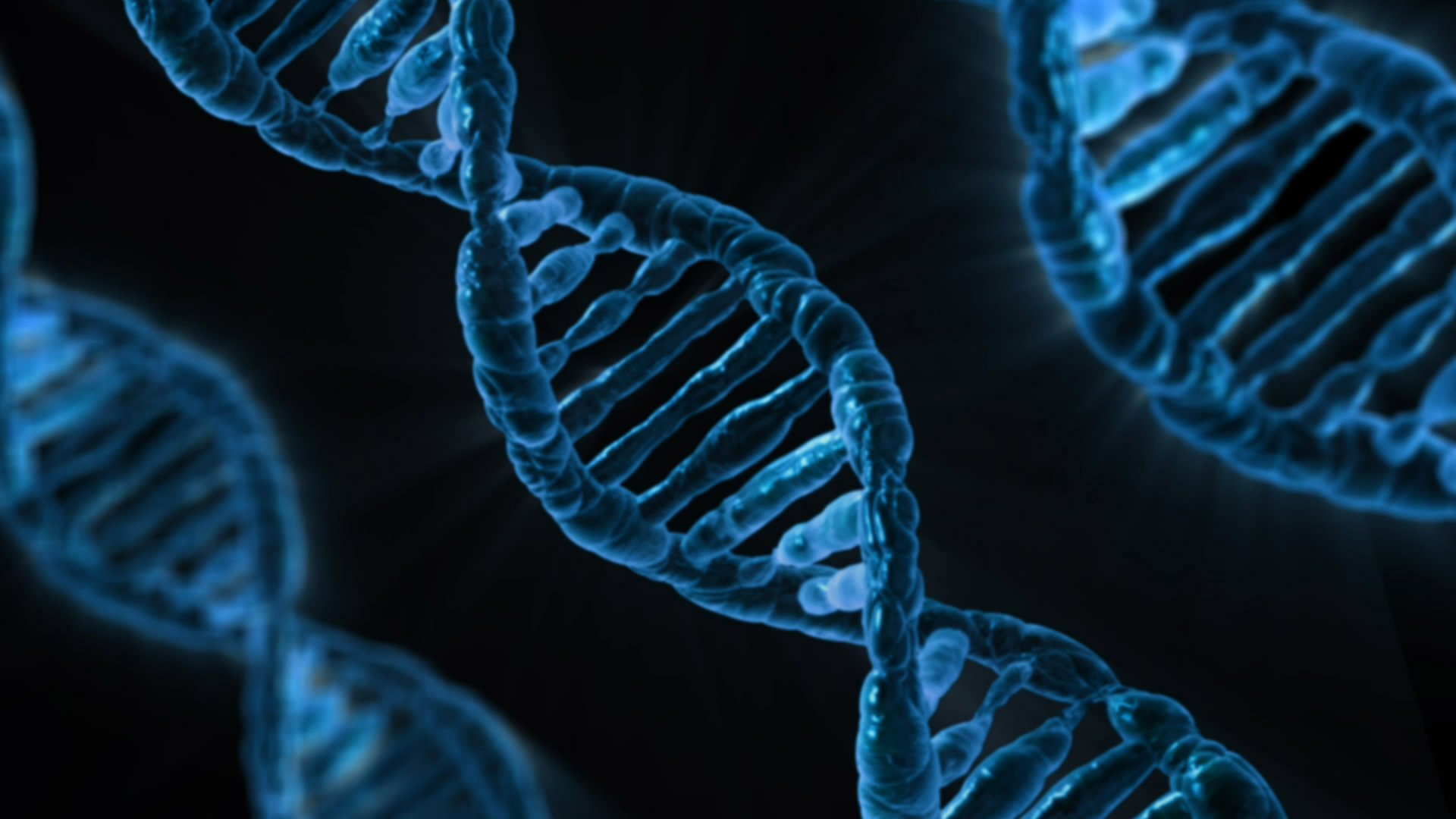Breaking Science Development: Acute Lymphoblastic Leukemia
The thing they don’t tell you: Scientists are making breakthroughs
This semester I am taking a class called Cell Biology taught by Dr. Carroll. In one of our recent classes while discussing cancer causing mutations, we were introduced to a newly discovered possible cancer treatment called Talen that has been stirring up some excitement in the news.
A baby in London named Layla Richards was diagnosed with acute lymphoblastic leukemia when she was just three months old. Lymphoblastic leukemia is a cancer of the bone marrow which causes the body to release large quantities of immature white blood cells (lymphoblasts) that have not had time to develop into differentiated cells. This increase of white blood cells becomes damaging as it effects the production of red blood cells, platelets, and healthy white blood cells. The acute part refers to the rapid onset of symptoms.
Layla was not responding to regular treatments such as bone marrow transplants and chemotherapy. As a last attempt, her parents reached out to a biotechnology company named Cellectis. Their research centered on the discovery of a bacterial gene called TAL that allows bacteria to infect plant cells with the TAL protein that gene makes. While infecting sounds pretty bad, its applications in the human genome are actually pretty amazing.
The way TAL works is it recognizes specific DNA bases at different sites of the protein. By moving these sites around, TAL can be modified to recognize any DNA sequence. Another gene discovered in the bacterial immune system, called endonucleases, are used to chop up invading DNA.
Talen stands for TAL plus endonuclease. Scientists have been able to combine the two to create a powerful gene editor. The effect is that Talen can find a certain place in the DNA, like the mutation causing a cancer, and cut it out. Then, a new corrected piece of DNA can be added or the body can be allowed to reseal the ends around the cut out piece. By modifying healthy donor cells and introducing them into the body, scientists are able to get rid of the mutated DNA.
If I didn’t do a great job at explaining, you can check out this video from The Tech:
This technique had only been tested in mice up until this point. Even though it was unapproved for human use, Layla had no other options and her parents were allowed to try it. It has now been about seven months and Layla is still cancer free! Results like this are very exciting and indicate a possible medical breakthrough in cancer research. With all the advances made in the previous decade, these breakthroughs promise more to come!





